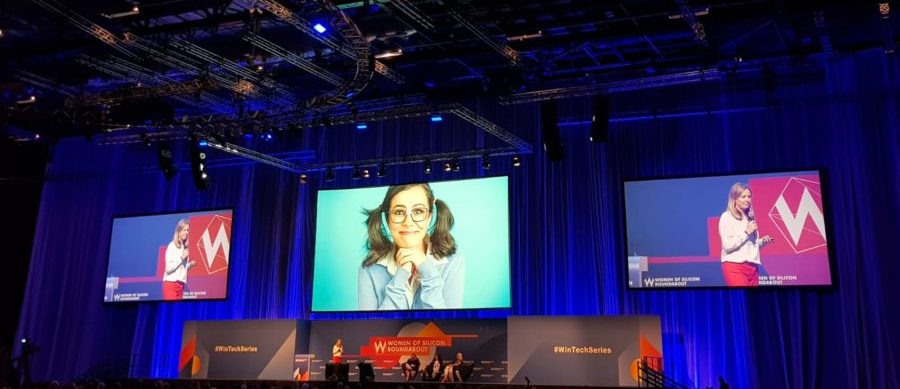You might not be seeing it yet, but something is happening in the technology industry right now –the diversity pendulum is finally starting to swing.
The industry that I came into more than twenty years ago, where I began working as a technologist in an almost entirely male environment, is truly starting to change. The results are going to be transformative, not just for business and the technology industry, but for society more broadly.
>Read more on Diversity targets: Challenge your assumptions, widen your teams
I realised this for the first time last month, when I was attending the Women of Silicon Roundabout Conference in London. There were 4,500 people, mainly women, attending the event.
It was one of the most exciting industry events that I have been to. Everyone wanted to speak to each other; the presentations and exhibitor stands were packed. There was an air of excitement, optimism and determination. There was a hunger for knowledge, conversation and connections. When I returned to my office, I realised that now more than half of my team are female.
Artificial intelligence and gender diversity
The topic of technology – artificial intelligence (AI) in particular, has recently created both speculation and fear about machines taking over our jobs. But what we are actually seeing is a shift in the type of work that is required to be done. With this shift, comes a change in the skills required and a change in the workforce and workplace.
After years of focus on driving the development of technology, we’ve reached a point where we now need to switch our focus to exploit and apply our human capabilities, to determine how to harness and control its power.
>Read more on Diversity in tech is essential for business success: How to achieve it?
The consumerisation of technology, particularly under the guises of digital and AI, mean that it has gone mainstream. It’s no longer just about business and coding, it’s in the homes and hands of most of the developed as well as the developing world. We’re even wearing it! The world is rapidly becoming full of technology experts and some of them are children. What excites me about this is that technology no longer needs to remain in a separate domain.
Technology is now being used daily by creatives, doctors, lawyers, teachers…almost every profession. It is in the hands and minds of yet more people, bringing the extra power of creativity, imagination and critical thinking skills that will help to work out how to apply it to unlock its true potential. They will also be required to help us navigate a range of obstacles, such as the reform required in our educational, tax and regulatory systems to manage this new digital economy.

The digital revolution
So after years of trying to drive more women into STEM education and jobs, with somewhat disappointing results, it turns out that the digital revolution has shown us another path. Technology is now so consumable that we need more people that can imagine the possibilities, then influence and enable both business and society with it. Businesses and technology companies need more creative minds and social skills, thinkers and leaders, strategists and designers. This is naturally creating a more diverse and inclusive workforce.
Working in Avanade, these changes are increasingly apparent in our organisation. The yin and the yang of traditional technologists and young creatives come together in the office, collaborating in multi-disciplinary teams that transcend generations, social styles and demographics. These teams also reflect the increasingly diverse organisations of our clients, enabling us to serve them better.
>Read more on Embedding diversity in the organisation
As with most change, it can at times feel strange and uncomfortable. My personal experience is that the new workforce is bringing more passion and more emotion into the workplace – sometimes even more fun! It requires new leadership styles and skills, as well as the conscious management of the often unconscious bias inherent in our industry. The expectations of a traditional consultant profile can impede development of the new workforce – age, gender, ethnicity and orientations cannot be a barrier to hiring and progression.
We are now evolving, learning and growing at an accelerated pace, with our progress being supercharged not only by artificial intelligence, but the added horsepower of an increasingly diverse and talented workforce.
Quantum computing will bring a quantum leap in advancement and we will be faced with possibilities that we cannot yet even imagine. We will start to unlock the secrets of our very existence – to crack the code that defines who we are and why we exist. The answers will help us to address healthcare and environmental challenges, to tackle poverty and other major societal challenges.
The future of being a woman in technology
I am now filled with hope about the future of technology and its impact on the world. Both business and society will benefit from the influx of a more diverse and digitally-savvy workforce.
As we increase our focus on applied intelligence and digital transformation, we must also continue our focus on diversity and inclusion, on applying not just our hands and minds but also our hearts and emotions to what we do. We need more men to get into creative roles, just as we need more women in STEM. If we can do this, then technology will not replace us, but will amplify our human ingenuity and change the world for good.








